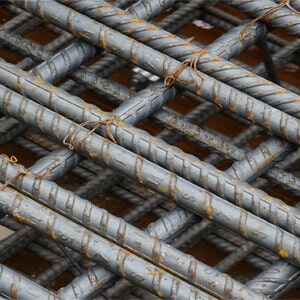Getting Started with Embodied Carbon
- Browse and read through the comprehensive list of embodied carbon and sustainability resources available on the SE 2050 and SEI Sustainability Committee websites.
- Have your firm join the SE2050 challenge. The signatory firm must create a comprehensive Embodied Carbon Action Plan (ECAP) within the first six months of signing on to the program. The ECAP establishes the long-term firm-wide strategy that promotes the SE 2050 Commitment Program goals and other best practices in sustainable design, which forms the basis of your firm’s commitment. As part of the ECAP your firm will need to establish its workflow for providing structural material quantity and/or embodied carbon data to a central database.
- Join local and national groups that focus on sustainability and/or embodied carbon. This includes the University of Washington’s Carbon Leadership Forum (CLF), a local National Council of Structural Engineers Associations (NCSEA) sustainability committee, or the American Society of Civil Engineers’ Structural Engineering Institute’s (ASCE SEI) Sustainability Committee. Within each committee, you can learn and partake in conversations, initiatives, and research about embodied carbon with other structural engineers.
Whole Building Life-Cycle Assessment (WBLCA)/Life Cycle Assessment (LCA)
- Read through the LCA Practice Guide by CLF, American Institute of Architects’ (AIA) Guide to Building Life Cycle Assessment in Practice and Life Cycle Assessment by Kathrina Simonen. These references introduce the concept of LCAs, provide clear guiding principles to help understand and use LCA methodology while also giving a step by step approach to determining the environmental impacts of a building.
- Read the ASCE SEI Sustainability Committee’s book titled: “Whole Building Life Cycle Assessment: Reference Building Structure and Strategies.” The book serves as a guide for the project team to define and model the structural system within the reference building design as required by green building standards and rating systems.
Reducing Embodied Carbon in Structural Materials
- Read the ASCE SEI Sustainability Committee’s white paper titled: “Achieving Net Zero Embodied Carbon in Structural Materials by 2050.” The white paper explores combining four transition tracks: 1) Design improvements implemented by engineers and architects, 2) Greening the electrical grid, 3) Improving material production, and 4) Carbon offsets, in various proportions to reach net-zero emissions.
- Read ASCE SEI Sustainability Committee’s publication titled: “Structural Materials and Global Climate: A Primer on Carbon Emissions for Structural Engineers”. This report explains the science behind climate change and practical ways structural engineers can help reduce the structural carbon footprint of buildings.

